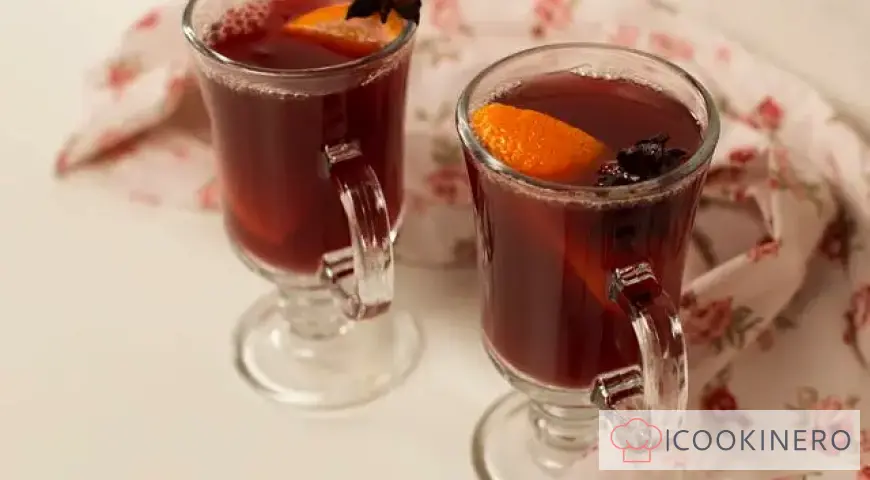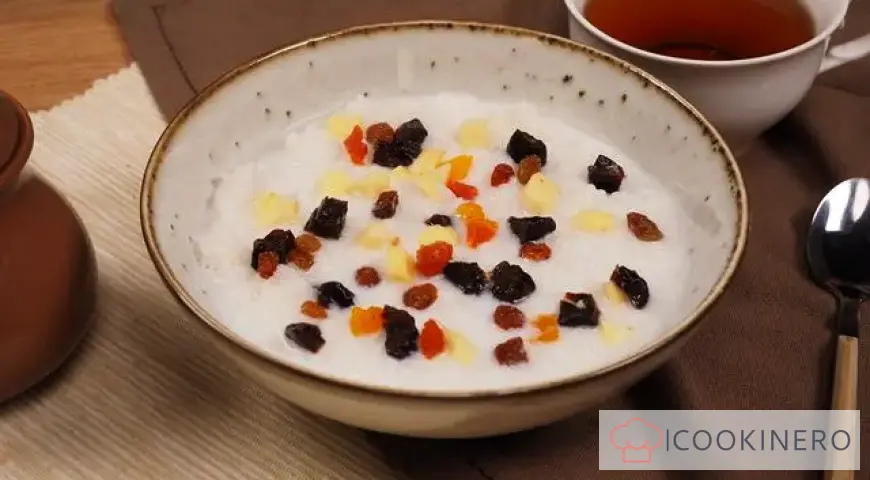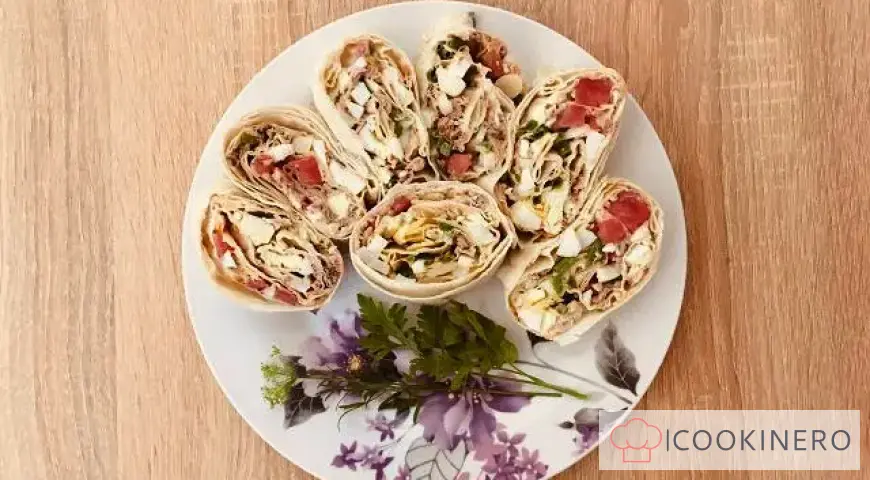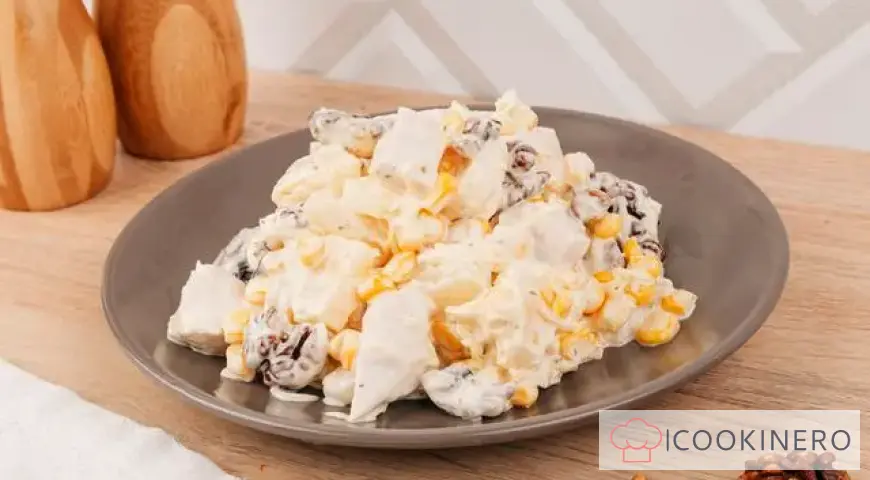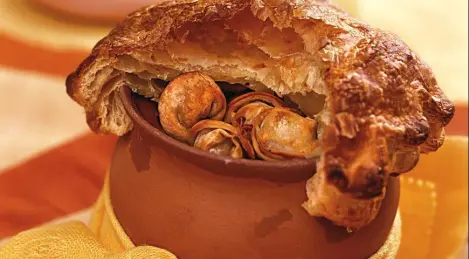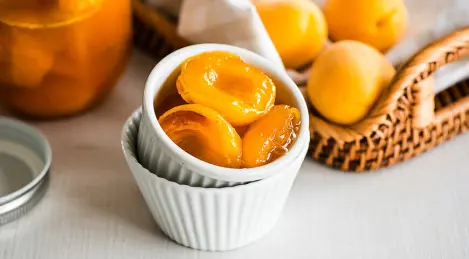Dried tomatoes in the dryer
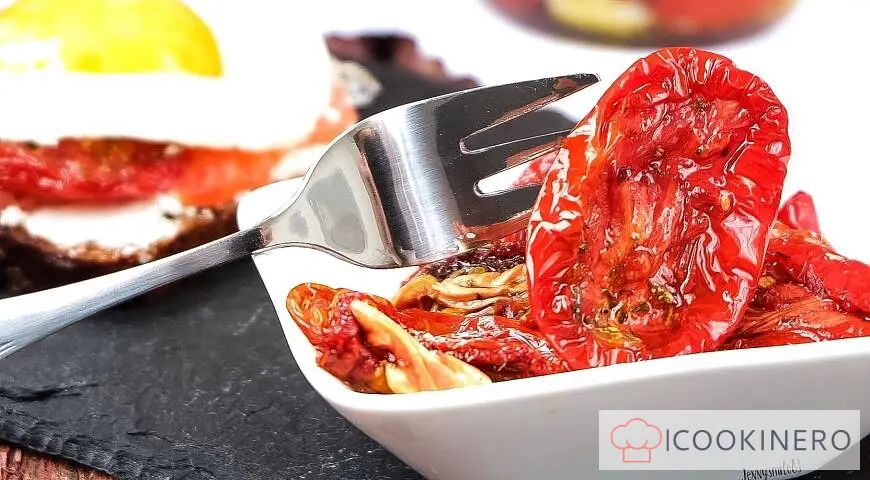
How nice it is to open a jar of sun-dried tomatoes made with your own hands in winter! It is an ideal component for many salads, for sandwiches, canapes, all kinds of snacks, as a pizza topping. Actually, it's very simple! Today I will show you how easy it is to make delicious homemade sun-dried tomatoes.
How to cook Dried tomatoes in the dryer
Step 1
Wash the tomatoes, pat dry with a towel, cut in half and place the halves cut side down on paper towels lined in 2 layers. Wait at least half an hour for the excess juice and moisture to soak into the towels.
Step 2
Prepare a dryer for vegetables. Lay the tomatoes cut side up on the shelves of the dryer, sprinkle with a mixture of herbs. So lay out all the tomatoes.
Step 3
Put the tomatoes to dry at 70 degrees for the first 12-14 hours, periodically changing the shelves in the dryer. After about 14 hours, turn the temperature to 50 degrees and dry for about 8 more hours. As a result, you should get not dry and not half-cooked slices, namely withered ones - soft in the middle and with dry, crumpled edges.
Step 4
When the tomatoes are almost ready, we begin to prepare the jars, peel the garlic and cook the oil. I sterilize the jars in the oven at 100 degrees for 20 minutes, but it can also be done in the traditional way.
Step 5
Peel the garlic cloves, if large, cut in half. Place some of the oil in a saucepan and bring to a boil. At the bottom of a hot jar we put garlic, herbs, basil, part of the tomatoes. So we alternate the layers until the jar is completely filled. Next, fill the jar by about 3/4 with ordinary oil and the remaining 1/4 with boiling. Close the lid tightly. Keep refrigerated.
Reviews: 0
0 Overall ratingHave you already prepared this recipe? Tell what you think.
Write a review
Trending
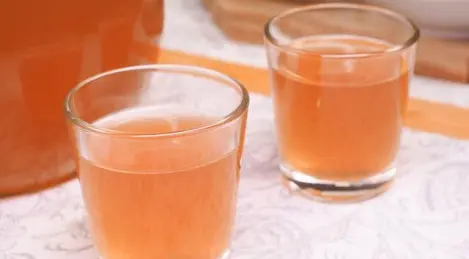
Ginger tincture
Ginger is a well-known and beloved spice. In the kitchen, only the root of the plant is used, which is rightfully considered one of the most useful natural products. Ginger tincture, when consumed in moderation, helps improve memory, restores skin co
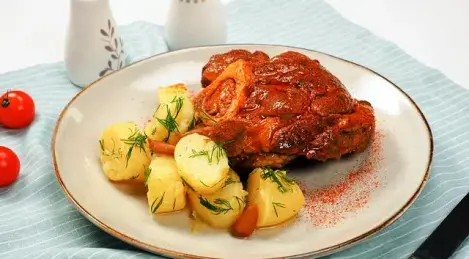
Beef knuckle
The special value of the beef knuckle (the lower part of the beef carcass leg) is the marrow bone, rich in nutrients. The recipe recommends using meat from young animals no more than 20 months old. It can be distinguished by the rich red and pink col
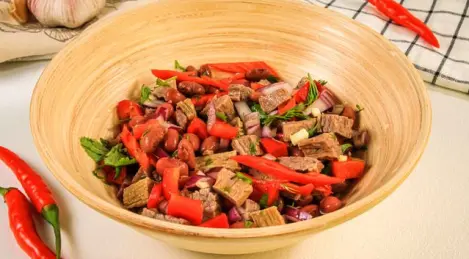
Salad "Tbilisi"
Tbilisi salad is a popular Georgian salad with beef, red beans, sweet peppers, cilantro and walnuts. It is distinguished by its fresh spicy taste, because chili peppers, garlic and khmeli-suneli spices are added to it. The salad is traditionally dres
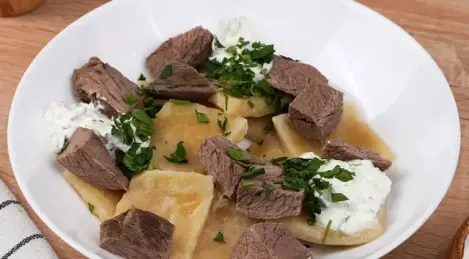
Khinkal in Dagestan style
Khinkal is a traditional Caucasian dish. It is often confused with such a famous Georgian dish as khinkali. And, although the set of products in both dishes is quite similar, they are nevertheless different. Traditionally, khinkal is prepared on the

Azu in Tatar style
Azu is a Tatar dish that gained popularity in Soviet times. Traditionally, azu is made from lamb or beef, with onions, potatoes and pickles added. Everything is cut into strips and stewed in tomato sauce.


